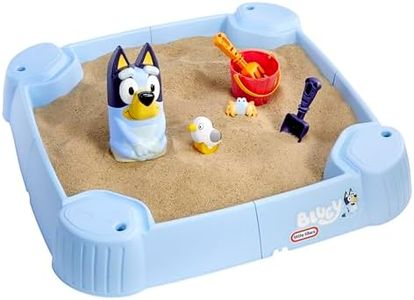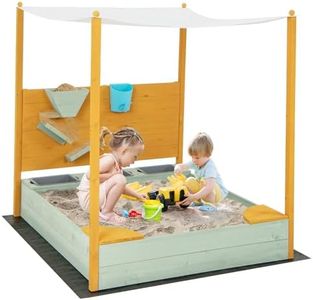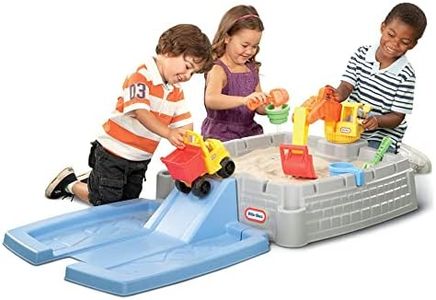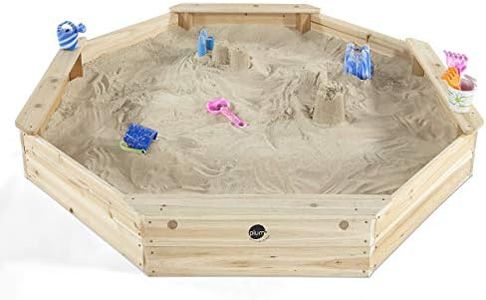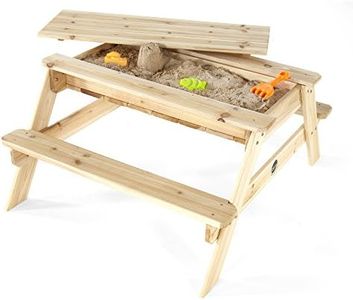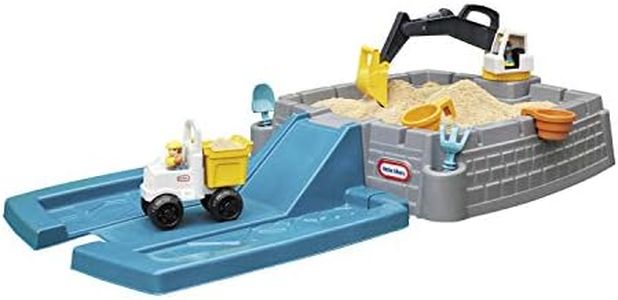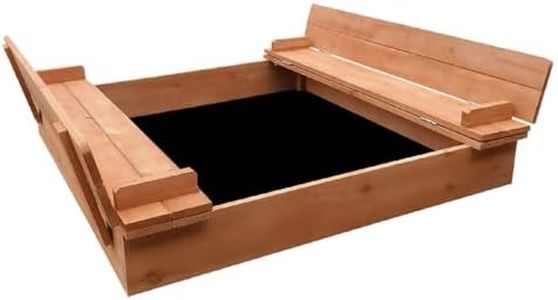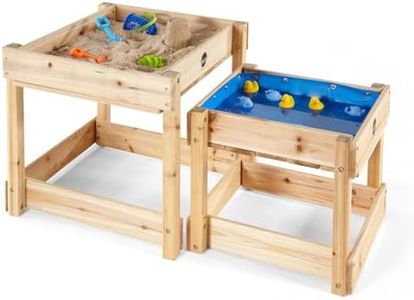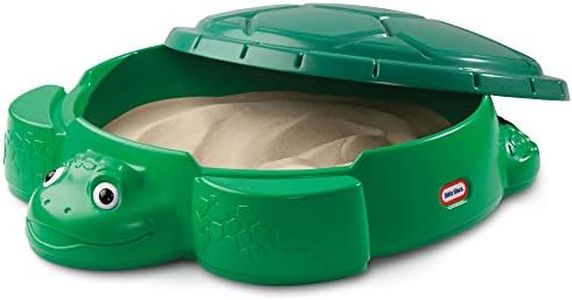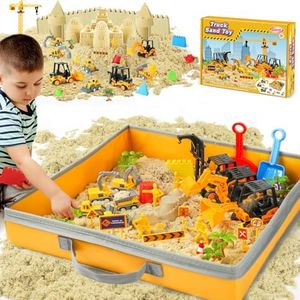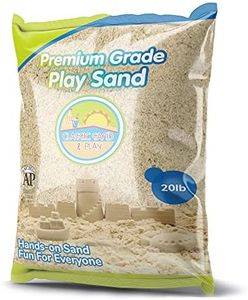We Use CookiesWe use cookies to enhance the security, performance,
functionality and for analytical and promotional activities. By continuing to browse this site you
are agreeing to our privacy policy
10 Best sandboxes
From leading brands and best sellers available on the web.Buying Guide for the Best sandboxes
When selecting a sandbox for your backyard or play area, it’s important to prioritize safety, durability, size, and ease of use. A sandbox is a fantastic way to encourage outdoor play, creativity, and social interaction for young children. To choose the right one, consider the number of children who will use it, the available space, and any additional features that might enhance the play experience. Understanding the key specifications of sandboxes will help you make an informed choice that suits the needs of your family and ensures hours of fun.Size & CapacityThe size and capacity of a sandbox refer to its dimensions and how much sand it can hold. This is important because it determines how many children can play comfortably at once. Smaller sandboxes (about 3-4 feet across) are great for one or two young children, while larger sandboxes (5 feet or more) can accommodate groups or older kids. Think about your available space and the age and number of children who will use the sandbox to help guide your choice. Picking a sandbox that matches your space and player count ensures safe, enjoyable play.
MaterialSandboxes are typically made from plastic or wood, and each material has its own benefits. Plastic sandboxes are lightweight, easy to move, and often come with molded shapes or features. They’re also weather-resistant and easy to clean. Wooden sandboxes are sturdy, offer a natural look, and usually provide more space, but they may require occasional maintenance to prevent splinters or weather damage. Consider whether you want something low-maintenance and portable or a more permanent and natural-looking fixture in your yard.
CoverA cover is an accessory designed to protect the sand from rain, animals, and debris. This is important because uncovered sand can become dirty or wet, making it less pleasant and potentially unsafe for play. Some sandboxes come with a fitted lid, while others may require you to purchase a separate cover. If you live in an area with lots of rain, wildlife, or wind, having a secure cover is especially valuable. A good cover helps keep the sand clean and ready for play at any time.
DepthThe depth of a sandbox determines how much sand you can add and how deeply children can dig. Shallow sandboxes (under 8 inches) are good for very young children who don’t dig much, while deeper sandboxes (over 10 inches) offer more room for digging, burying, and imaginative play for older kids. Think about what kinds of play your children enjoy and select a depth that matches those activities.
Assembly & PortabilityAssembly refers to how easy it is to set up the sandbox, while portability is about how simply you can move it. Some sandboxes snap together quickly with no tools, while others (especially larger or wooden ones) may need more installation time. Portable options are ideal if you need to move the sandbox or store it during winter, while heavier or fixed options are best if you want a more permanent play area. Your choice depends on whether you need flexibility or a stable, long-term installation.
Additional FeaturesSome sandboxes come with built-in seats, canopies for shade, or even water play areas. These features can make playtime more comfortable and fun, especially on sunny days or for group play. If your kids like to spend long hours outside or if you want extra versatility, looking for these features might be a good idea. Consider what will make play safe and enjoyable for your children when thinking about extras.
